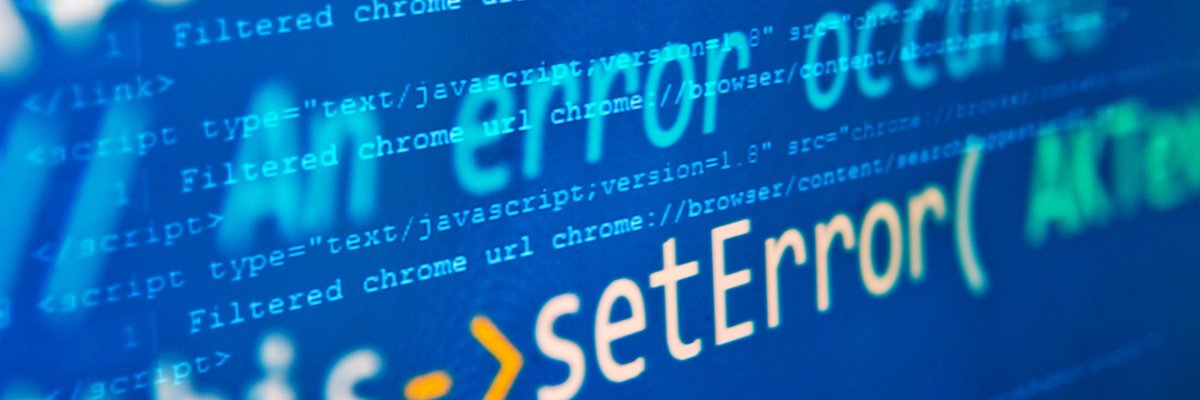OTTAWA — Throughout her university career, Jacqueline Silver assumed her computer science degree would guarantee her a job. Finding out she was wrong was a demoralizing experience.
Silver, who recently graduated from McGill University and now lives in Toronto, applied for hundreds of jobs for more than a year before finally finding a job in her field this month.
“I was really exhausted, and it was just really discouraging,” said Silver, noting that some of her classmates were also having trouble finding work.
“It was actually like being in a whole separate class because I went to the library and did my homework for each class and then spent the same amount of time applying for a job.”
She probably won’t be the last to look for work. New research shows that the spread of artificial intelligence is already affecting job supply in several areas, including computing, and is hitting young people the hardest.
A recent academic paper from Stanford University shows that workers aged 22 to 25 in the most AI-exposed occupations have experienced a decline in employment, while employment for experienced workers and workers in less vulnerable sectors has remained stable or continued to grow.
Hamoon Ekhtiari is CEO of FutureFit AI, a Canadian company that uses artificial intelligence to match people with jobs. He said the professions most exposed to AI include junior positions in software development, sales, marketing and customer service.
Ekhtiari said the reality of the impact AI has on jobs is “very complex.”
“AI will create a lot of jobs and opportunities, and will impact a lot of other jobs,” he said.
Silver said generative AI tools like ChatGPT can perform tasks like writing code “pretty well,” which threatens entry-level jobs in her field.
“You might still need someone to tweak it or take a good look at it, but overall you don’t need as many people to write it anymore because the generative AI can do it,” she said.
Ekhtiari said companies need to think beyond the short term and cultivate young talent. He also said schools need to do a better job connecting people to skills training and governments need to do more to help people transition into jobs.
“Traditionally, there was a promise. If you go to school for four years, you have a 40-year career,” Ekhtiari said. “That promise no longer holds.”
Catherine Connelly, a professor of human resources and management at McMaster University, said some companies are finding that AI is “absolutely not” a replacement for humans in jobs that involve strategy and decision-making.
“Sometimes the tool can be good for automating certain entry-level tasks,” she said. “The danger is that some people won’t get the opportunity to get to an entry level, where they do routine tasks that no one else wants to do.”
Unemployment among Canadians aged 15 to 24 rose to 14.7 percent in September, Statistics Canada said last Friday. That is the highest figure in fifteen years, excluding the years of the pandemic.
Conservative MP Garnett Genuis warned on Wednesday that the “deepening youth unemployment crisis” will impact the career paths of young workers for the rest of their lives.
He accused the Liberals of lacking a strategy to tackle youth unemployment and laid out a Conservative proposal to increase financial education support in high-demand areas and encourage employers to build housing for workers.
Jennifer Kozelj, spokesperson for Employment and Families Secretary Patty Hajdu, said in an email that AI is now everywhere, from hospitals to classrooms.
“The working world is changing rapidly and workers, especially young Canadians, are feeling it,” she said. “These are challenging times, but we are taking urgent action to leverage this tool, increase productivity and ensure no worker is left behind.”
This report by The Canadian Press was first published Oct. 19, 2025.
Catherine Morrison, The Canadian Press
— With files from Craig Lord










